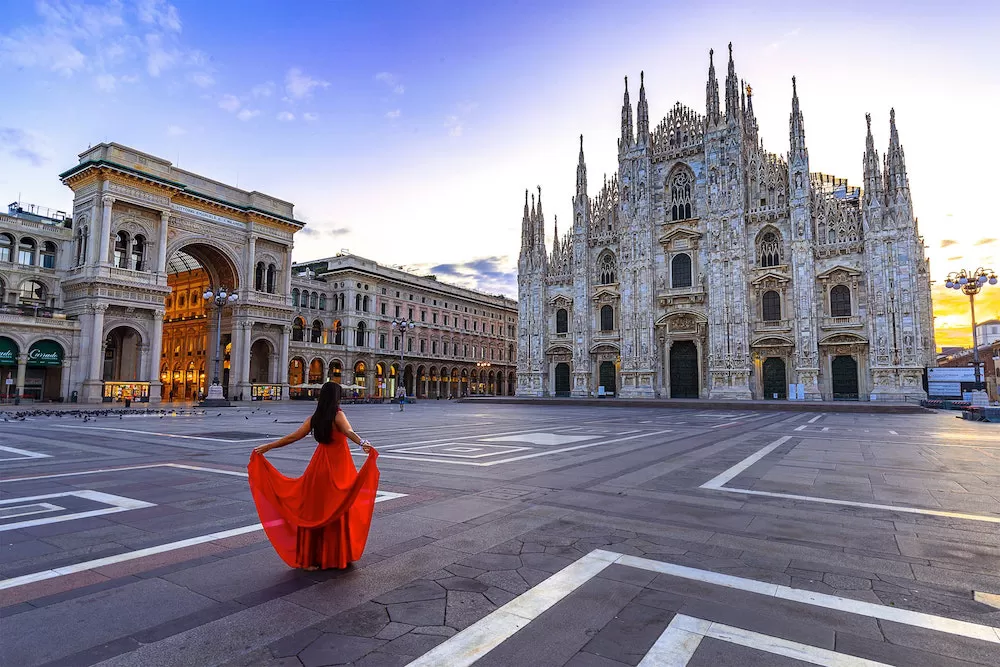
Before focusing on each of the central neighborhoods in Milan, let's mention some of the best first. Or rather, the best neighborhoods to stay in Milan. When you travel or even move to this city, where should you stay? Truth be told, there are no definitive answers. It depends on your vibe, what you're looking for, and what you're into. With that said, whether you ask locals or tourists, they'll likely say the same districts: Centro Storico, Navigli, Porta Romana, Porta Nuova, Isola, Brera, and San Lorenzo. Though they're all different from one another, they each have a unique and exciting vibe that's worth checking out.
Let's say you're moving to Milan with your entire family. Where should you settle down? What are the best neighborhoods in Milan for families? Locals would tell you that it's San Lorenzo, Tortona, and Brera. These are the quieter districts in the city and are largely residential for the most part. Though they have their fair share of hustle and bustle, families can still live a peaceful life in any of these neighborhoods.
Brera is an affluent area in Milan. If you think of Milan as this community of rich Italians in designer clothes sipping champagne for brunch, you're thinking of Brera. Once a historic part of the city, it has since been gentrified and now houses many of Milan's elite. Ateliers became art galleries, cafes became bars, and old apartment buildings turned into high-class residential complexes. While it lost a considerable amount of its nostalgic charm, it now shines with a more luxurious glimmer than ever before. It's the most buzzing place in town!
It's not an exaggeration to say that all of Brera is a great place to stay. Not only does it have tons of the most luxurious homes in Milan, but it's always exciting here too. Fortunately, the district is divided in a way that separates the more residential parts of Brera and the popular hotspots which are mostly clumped together near the city center.
As already mentioned, Brera is an upscale neighborhood in Milan with a lot of buzz. And part of that buzz is its exceptional array of first-class restaurants. Milan may be more known for its fashion than food but that doesn't mean its culinary scene is something to scoff at. L'Osteria di Brera, for instance, serves the most delicious lobster stew this side of Lombardy! In Il Salumaio di Montenapoleone, you get to dine in a majestic 19th-century palace while indulging in some mouthwatering Mediterranean delicacies. And don't forget about Il Consolare too! Be it oysters or shrimp, their seafood will have you wanting more!
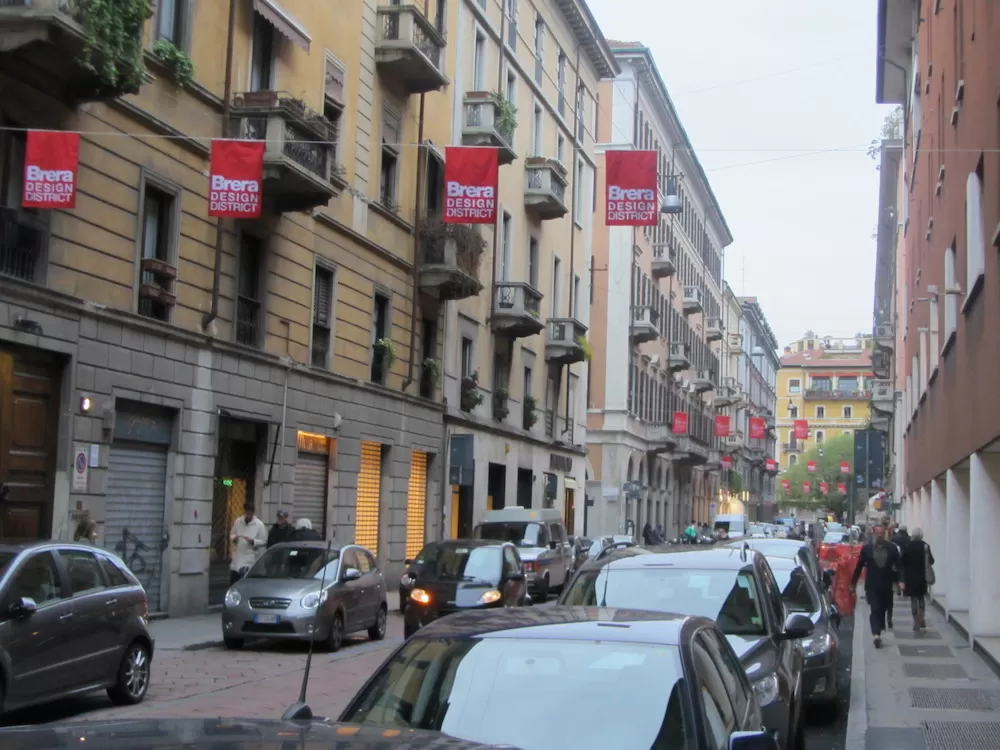
Source: Wikimedia Commons
Also called “Centrale” by locals, the Central Station district of Milan is near the city center. As the name says, this is where you'll find the Stazione di Milano Centrale, the city's main train station. More than just a stop for public transport in Milan, the building is another architectural marvel that deserves as much attention as the Duomo. The areas surrounding it are similarly bustling too. There are many restaurants, cafes, boutiques, and more that you can explore the moment you exit the station.
Unfortunately, Centrale is among the more dangerous areas in the center of Milan. It's not so dangerous that you need to avoid it at all costs. If you're a commuter, you have no choice but to pass by here anyway. It's just that the are gets less safe at night. During the day, the worst that could happen to you here is to get pickpockets. But at night, many people deal drugs and commit other nefarious crimes near the station.
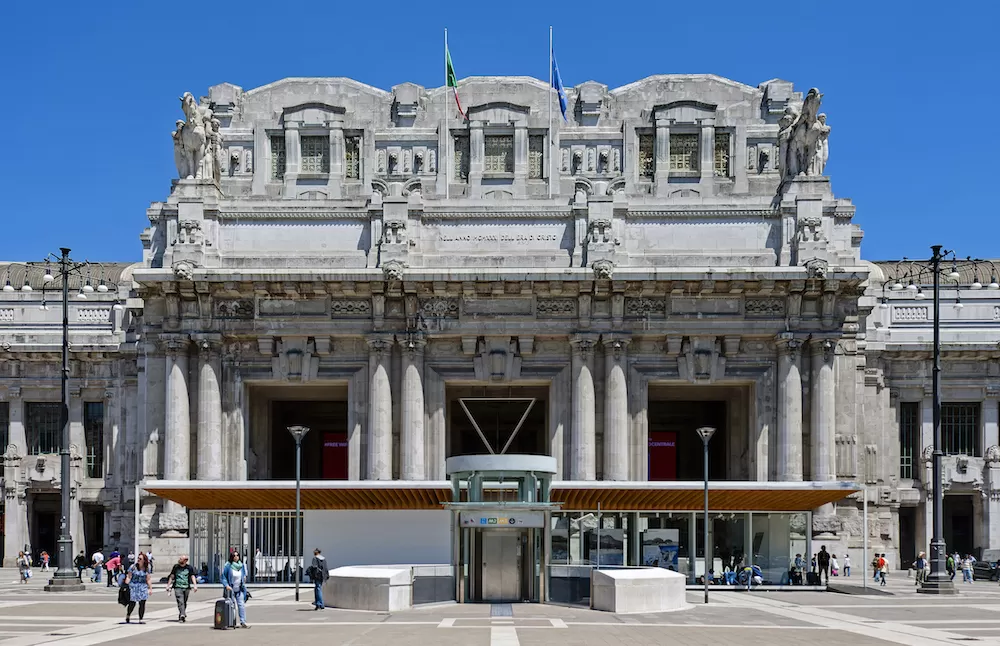
Source: Wikimedia Commons
When people think of Milan as a fashion capital, they're really thinking of Centro Storico. True to its name, the neighborhood serves as the center of the city. This is where you'll find the iconic Duomo di Milano, after all. It's the centerpiece of Milan and one of the biggest churches in Italy and all of Europe. What surrounds it, however, are the luxury shopping districts, designer boutiques, and the headquarters of the biggest Italian brands in the world. Consequently, Centro Storico is also where some shows in Milan Fashion Week mostly take place. So at this time, the district gets so busy that you'd hardly remember the impressively imposing Duomo.
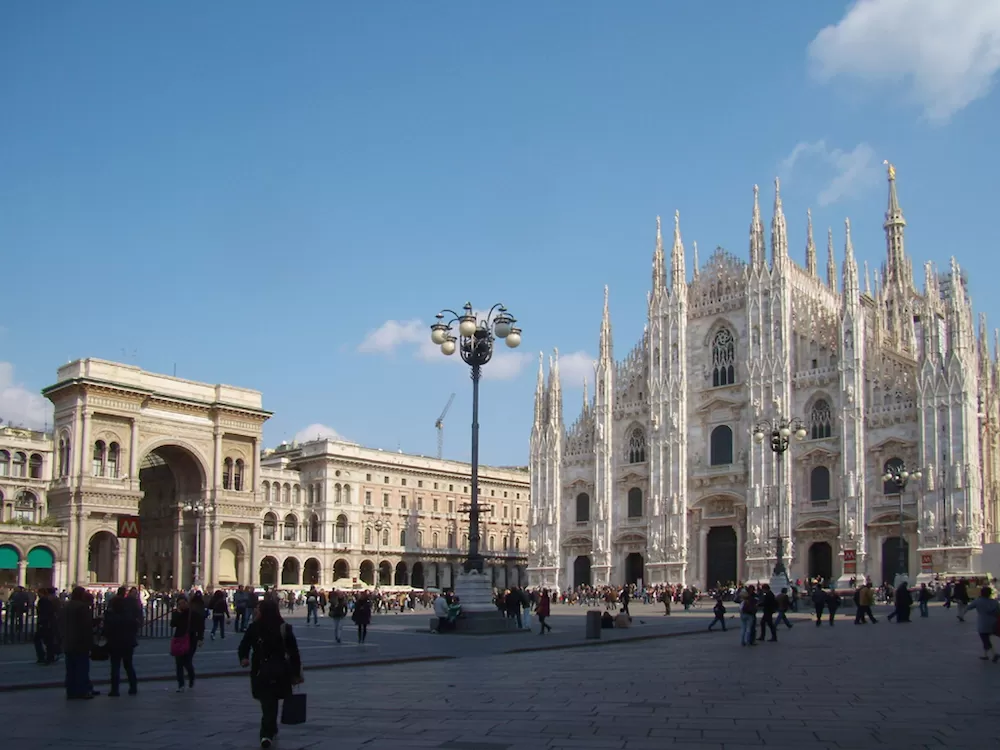
Source: Wikimedia Commons
Just like most major cities out there, Milan has its own. Called “Quartiere Chinese,” it's a bustling district in the 8th quarter of the city. Around 27,000 Chinese people and other Asian communities live here, having set up their own community and sharing their fascinating culture with the rest of the city. As you'd expect, this place is especially known for its Eastern cuisines. From restaurants to tea shops, there's no better place to enjoy the flavors of Asia in Milan than in Chinatown.
As exciting of a place as Milan's Chinatown is, it's unfortunately among the more dangerous parts of the city. It's a great district to explore during the day, but come nightfall, it's a different story. Just like the Central (Central Station), Chinatown sees a higher number of crimes compared to other neighborhoods in Milan. The place is a big part of why Milan's crime rate ranges between moderate and high.
Despite how dangerous it can get, Chinatown is still worth visiting in Milan. The district presents a different side to the city, one that's colorful, exciting, and exotic. Of course, if you're a big foodie, you'll also want to try as many hotspots here as possible. Other neighborhoods may boast more upscale eateries, but the ones in Chinatown arguably have the most flavor and spice!
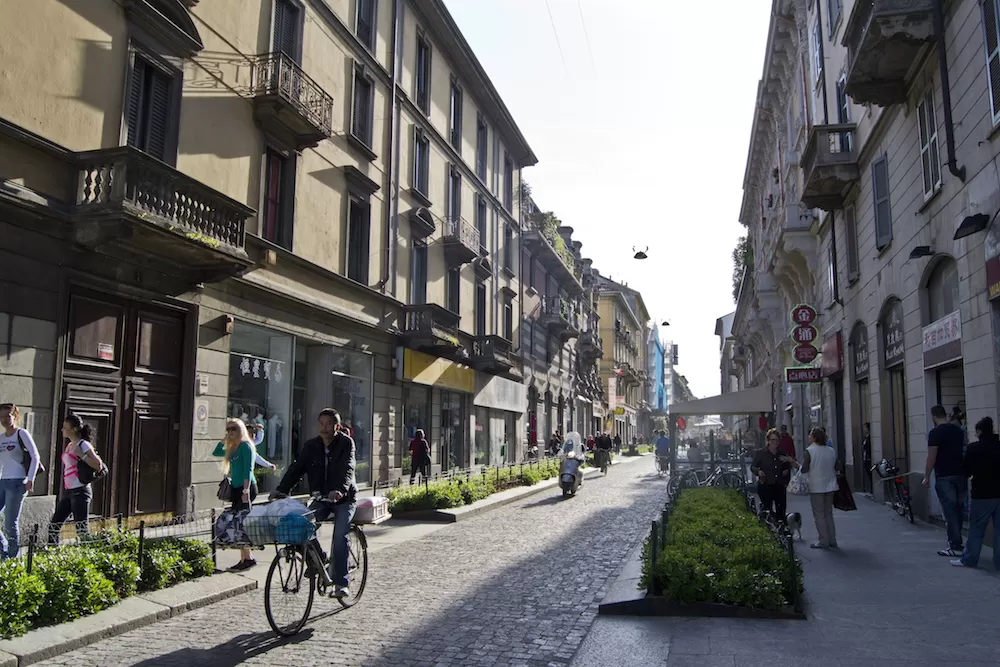
Source: Wikimedia Commons
Isola is on its way to becoming the hipster haven of Milan. A cloister of tiny cramped streets, the series of bars, cafes, boutiques, vegan restaurants, and more give it a distinct edge. It's a bit far from the glamour of Centro Storico, but it's just as trendy. Even when it comes to real estate, art deco apartments reign supreme in Isola. They've retained its historic charm while embracing a new and exciting culture.
Yes, it is! In fact, Isola is among the safest neighborhoods in Milan. Since it's a fairly young and hip community, the people here are friendly, welcoming, and simply nice. This is one of those rare districts where you can walk around at night and still stay safe overall. But it's not really recommended to do so regardless of how safe it is.
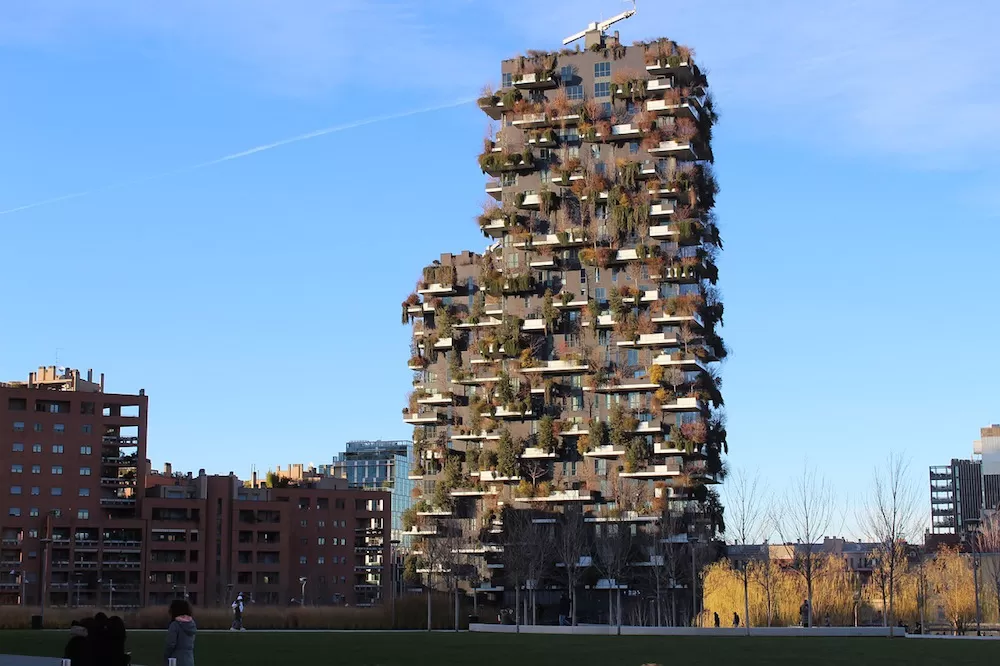
Source: Wikimedia Commons
There are two sides to Milan's nightlife. There are the usual nightclubs and bars with free-flowing drinks and EDM pumping from every speaker. At the same time, there are alfresco restaurants and chic bistros where people sip wine while chatting the night away. If you prefer the latter, then you'll love Navigli! The neighborhood lines the Navigli Canals which were once an important pathway for merchants to make their way to the city. Since it's technically a port district, Navigli has regularly seen hustle and bustle for centuries now. But while it was a busy marketplace back then, now it's among Milan's best nightlife districts.
Yes, for the most part, Navigli is safe. Even when it's a popular nightlife district, the hotspots here aren't exactly sketchy or vulgar. They're simply great places for people to hang out at night. With that said, it is common for things to get rowdy here, especially after dark. Some customers simply can't handle their liquor.
The restaurants in Navigli are arguably what make it one of the best neighborhoods in Milan. From those that line the canals to the ones you'll find when you venture deeper into the district, these hotspots are a definite must-try! Check out Le Tournedos on Via Imperia and enjoy their grilled meats. They're the best to pair with red wine. You'll find Ostriche e Vino along Viale Col di Lana too, a popular place for delicious seafood. Their oysters and lobsters are everything! And if you're craving pizza, look no further than Pizzum. They undeniably have the best pizza this side of Milan.
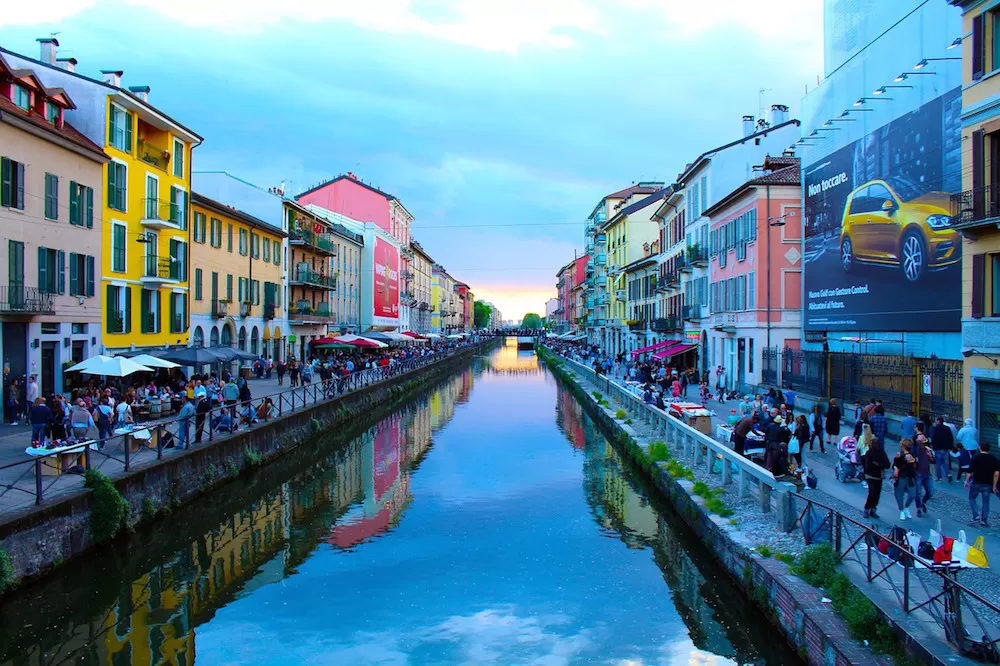
Source: Wikimedia Commons
What was once an industrial hub became one of the fanciest neighborhoods in Milan. Porta Nuova is one of the newest covetable areas in the city. There are trendy, even Michelin-starred restaurants, chic boutiques, cool bars, charming cafes, and more. Though it's a fairly bustling district, Porta Nuova is still a lot more chill compared to the popular Milan areas. The energy is just right, perfect for both single adults who want to have fun as well as families with little kids.
You can do a lot in Porta Nuova that you can also do anywhere else in Milan. Go shopping, eat out, hang out with friends in a cafe, and drink the night away in a bar. The place has so much energy to offer, you won't ever get bored here! Especially if you're an architecture enthusiast. The urban renewal project that transformed Porta Nuova into what it is today resulted in some of the most exquisitely designed buildings in the city. There's the award-winning Unicredit Tower, for example, as well as the historic Pirelli Tower which, at one point, was the tallest building in the world.
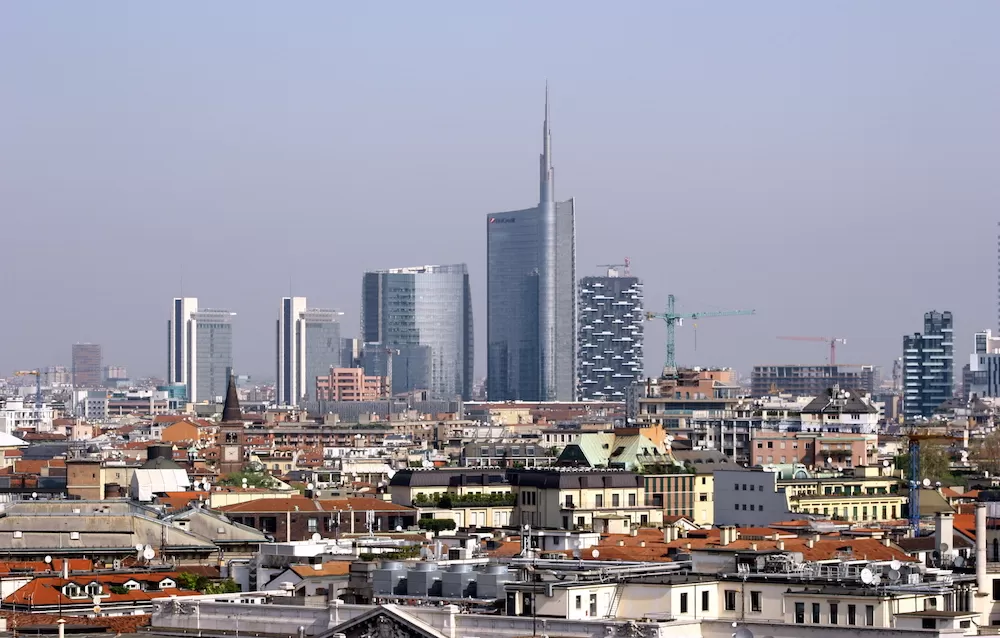
Source: Wikimedia Commons
Right beside Navigli, you'll find Porta Romana, another notable neighborhood in Milan. This is a fairly quiet part of the city, a fair distance away from the hustle and bustle of the city center. It'll even take you a few extra stops to get to Centro Storico from Porta Romana. But while the former is known for its glamour, the latter is famous for its picturesque streets. Many of the centuries-old buildings in Porta Romana have remained the same. Though it's become a fairly trendy district over the years, its old-world appeal has barely changed. It's one of the very few Milan neighborhoods that strike the right balance between the old and new.
As one of the quieter neighborhoods in Milan, Porta Romana is also among the safest. There are a few pickpockets, petty thieves, and the occasional drug pushers here, but for the most part, the area is as safe as can be. It has among the lowest crime rates in Milan, so much so that the area almost doesn't feel like it's still part of the city.
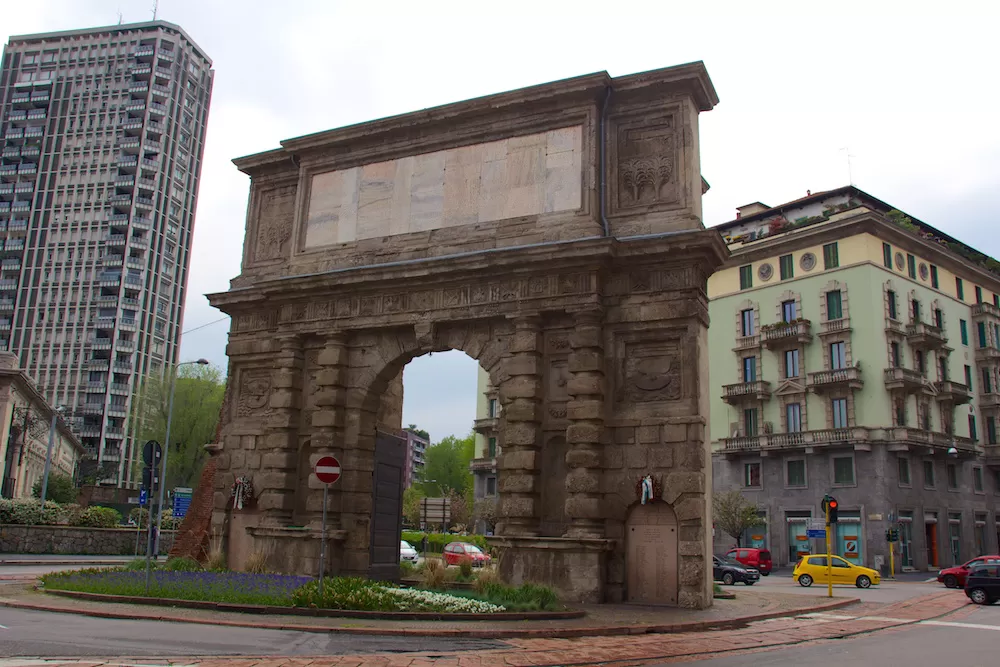
Source: Wikimedia Commons
With Milan as a fashion capital, there's no way it wouldn't have its own gay district. So lo and behold, Porta Venezia! It's the “gayborhood” of Milan and truly lives up to its reputation. A whole slew of gay bars, nightclubs, and more make up this place, offering a different slice of nightlife that's far more electric than that of Navigli. And of course, this is also where the artistic community in Milan congregates. They show their works in the neighborhood’s chic art galleries and museums and socialize afterward in the top restaurants and cafes. What's not to love?
Despite how bustling it is, Porta Venezia is a safe neighborhood in Milan. There are still a few crimes here and there but it's definitely not an area you need to avoid. You should, however, be more careful at night. Since this place has a lively nightlife scene, it makes sense to want to go out at night. If you do, you'll be safer with someone else with you!
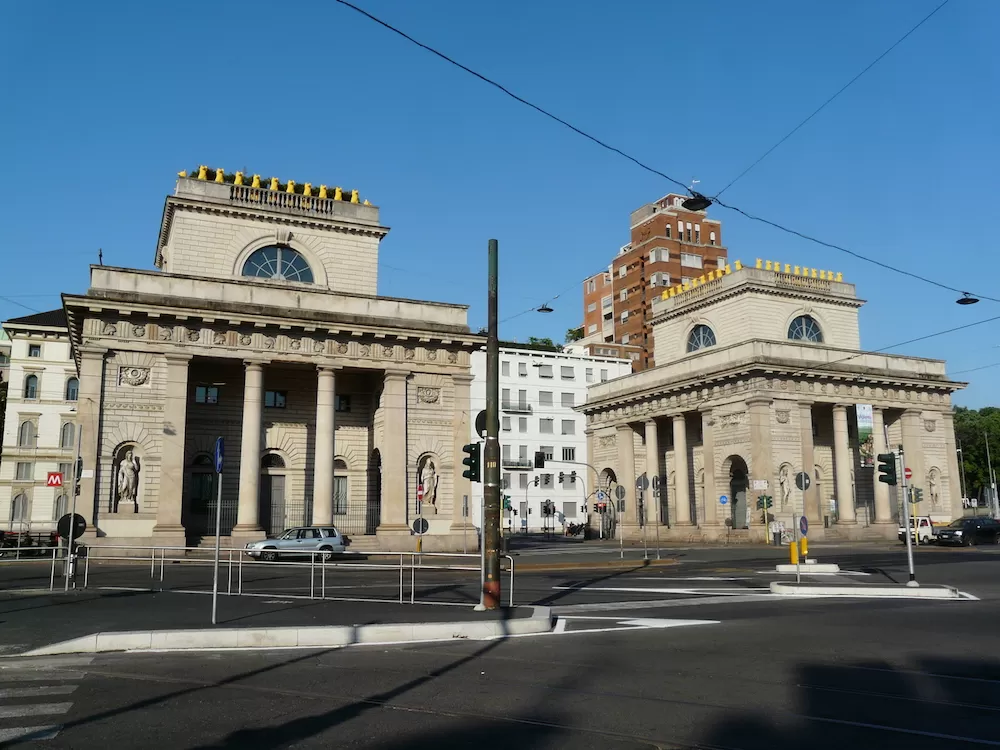
Source: Wikimedia Commons
Zona Tortona contributes to Milan's role as a fashion capital just as much as Centro Storico does. It's here where they hold Milan Fashion Week, the city's most famous bi-annual event. Italy's most famous designers and biggest brands showcase their latest collections twice a year here, many of which stream their presentations live for all the world to see. As such, Zona Tortona is also among the most famous neighborhoods in Milan. You might've seen parts of it yourself if you've read an Italian fashion magazine (or follow their social media accounts online).
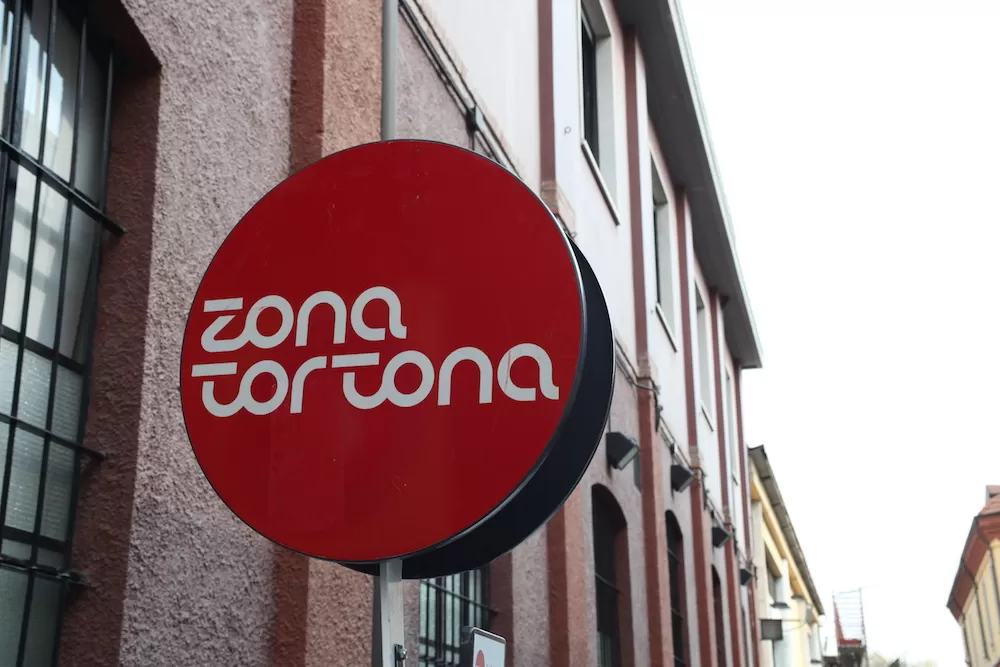
Source: Wikimedia Commons
Beyond its reputation as the world's fashion capital, Milan is a far more interesting city than you give it credit for. You'll realize it better with the help of this Milan neighborhood guide, which focuses on the city's central districts.